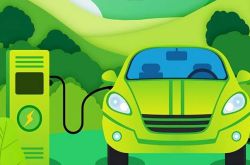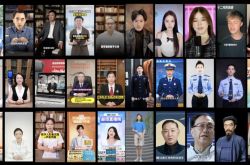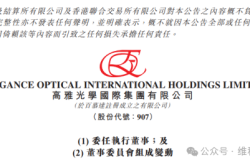Who Will Be the Primary Beneficiary of the Seamless Extension of Replacement Subsidies?
![]() 01/14 2025
01/14 2025
![]() 616
616
Introduction
The answer lies in new energy vehicles, consumers, and dominant brands.
China's auto market is thriving in 2024, particularly in terms of performance. As evidenced by the China Passenger Car Association's recent performance report, domestic new car retail sales totaled 22.894 million units from January to December, marking a 5.5% year-on-year growth. Notably, new energy vehicle retail sales surged to 10.899 million units, a remarkable 40.7% increase year-on-year.
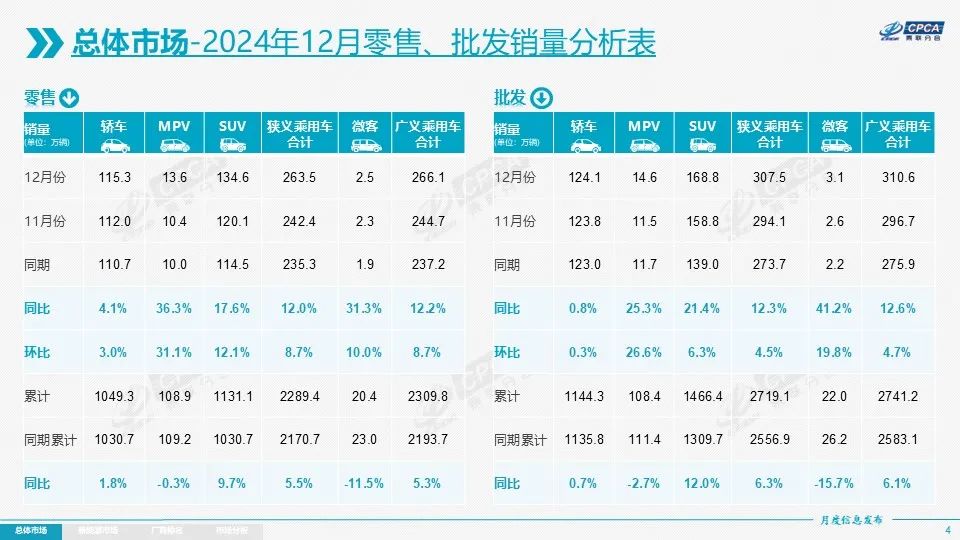
Moreover, as the industry landscape undergoes a significant transformation, independent brands have surpassed the 60% mark in retail sales share, effectively outpacing joint venture brands to become the "mainstream choice" in China's auto market.
Against this backdrop, traditional giants such as BYD, Geely, Chery, and Changan, alongside emerging automotive forces led by Lixiang, Hongmeng Zhixing, Leapmotor, and NIO, all achieved new historical highs in terminal performance in 2024. This is undoubtedly attributed to their relentless efforts in introducing new products tailored to meet the demands of potential consumers.
This success is also closely tied to the national "trade-in" policy, which has served as a catalyst for everyone's achievements.
Collective efforts have fueled this growth, leading to a progressively positive total market volume. According to the Ministry of Commerce, over 2.92 million vehicles were scrapped and updated, with an additional 3.7 million vehicles replaced and updated in 2024, totaling over 6.62 million vehicles and driving auto sales exceeding 920 billion yuan.
It's worth noting that new car retail sales experienced a continuous decline in the first half of 2024, with a 7.3% drop in August. However, following the policy's intensification in September, the month witnessed a year-on-year turnaround, with growth rates further expanding in October, November, and December, gradually displaying a positive trend.
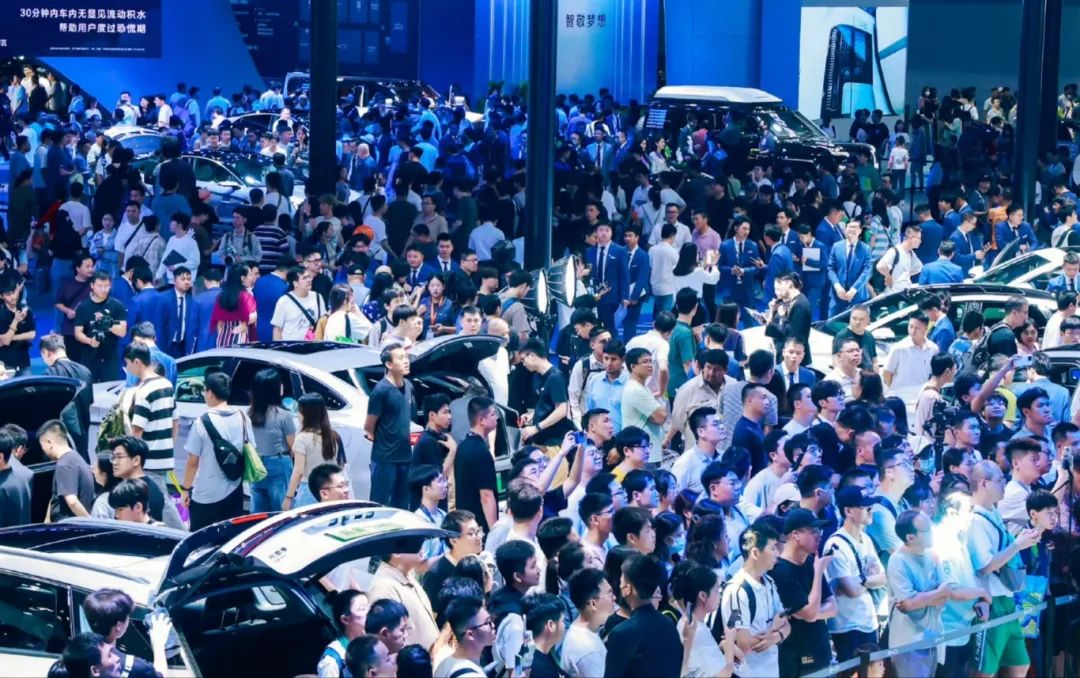
Furthermore, the "trade-in" policy has significantly boosted the recycling and reuse of end-of-life motor vehicles. In 2024, the corresponding recovery volume reached 7.872 million units, a 70.7% year-on-year increase.
In summary, the compelling numbers speak for themselves, underscoring the policy's stimulating and leveraging effects.
As we delve into the topic, it's crucial to acknowledge that while China's auto market may rely on certain support measures, they do serve a meaningful purpose, both rationally and objectively.
Just under half a month into 2025, this "support" has been further strengthened with the seamless extension of the long-awaited "trade-in" policy, showcasing greater sincerity and aspirations compared to its 2024 iteration.
For commercial vehicles, the scope of support for scrapping and updating old operating trucks has been expanded, now encompassing National IV and below emission standards for diesel trucks. Additionally, subsidy standards for updating new energy buses and power batteries have been increased, with the average subsidy per vehicle rising from 60,000 yuan to 80,000 yuan.
Regarding passenger cars, the scope of scrapping and updating support has also been broadened. Specifically, traditional fuel vehicles now include some National IV and below vehicles (not all National IV vehicles), with the first registration date for gasoline passenger cars extended from before June 30, 2011, to before June 30, 2012, and for diesel and other fuel passenger cars from before June 30, 2013, to before June 30, 2014. For new energy passenger cars, the date has been extended from before April 30, 2018, to before December 31, 2018.
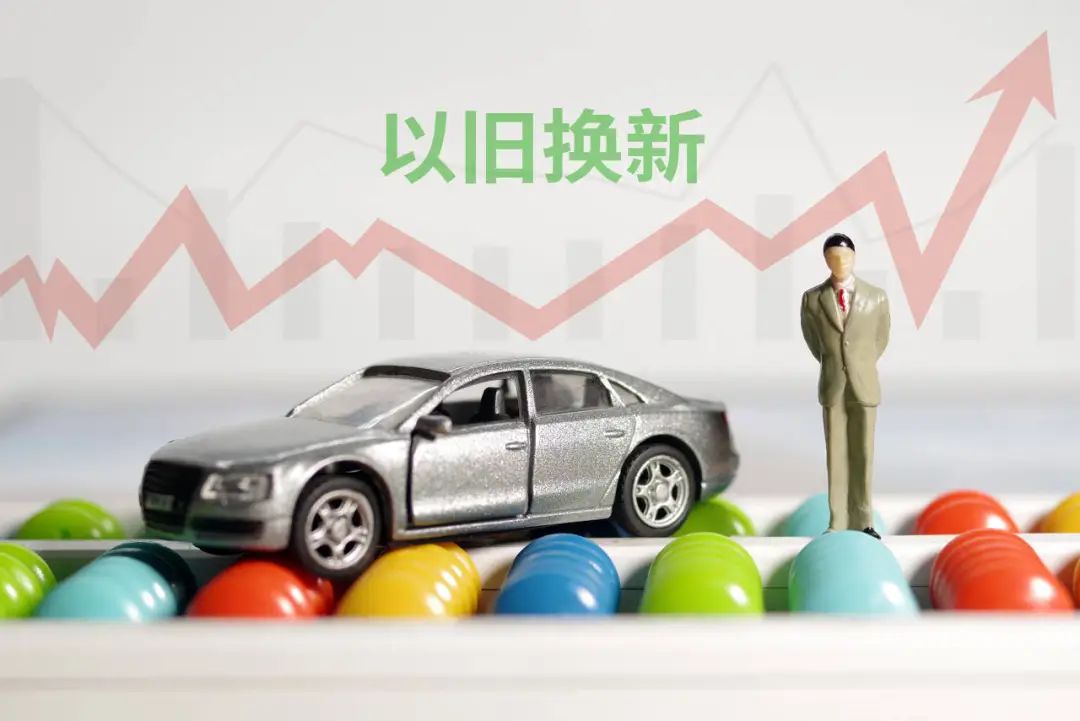
In terms of subsidy amounts, new energy passenger cars listed in the "Catalog of New Energy Vehicle Models with Vehicle Purchase Tax Exemptions and Reductions" continue to receive a subsidy of 20,000 yuan, while fuel passenger cars with a displacement of 2.0 liters and below receive a subsidy of 15,000 yuan. Additionally, for individual consumers transferring the registration of a passenger car, the subsidy for purchasing a new energy passenger car does not exceed 15,000 yuan per vehicle, and for a fuel passenger car, it does not exceed 13,000 yuan per vehicle.
To avoid internal competition among local replacement subsidy policies, central-level guidance on the upper limit of replacement and updating subsidy standards will be provided in 2025, fostering a unified national market.
In essence, benefits have been extended with a slight increase in scope.
The near-seamless extension of the "trade-in" policy has spurred many potential buyers who were initially hesitant to join the car-buying frenzy ahead of the Spring Festival. Coupled with OEMs' aggressive sales promotions to meet higher targets, China's auto market in 2025 is off to a decisive start.
Building on this momentum, let's delve into the question this article aims to address: "With the continuation of the trade-in policy, who will be the primary beneficiary?"
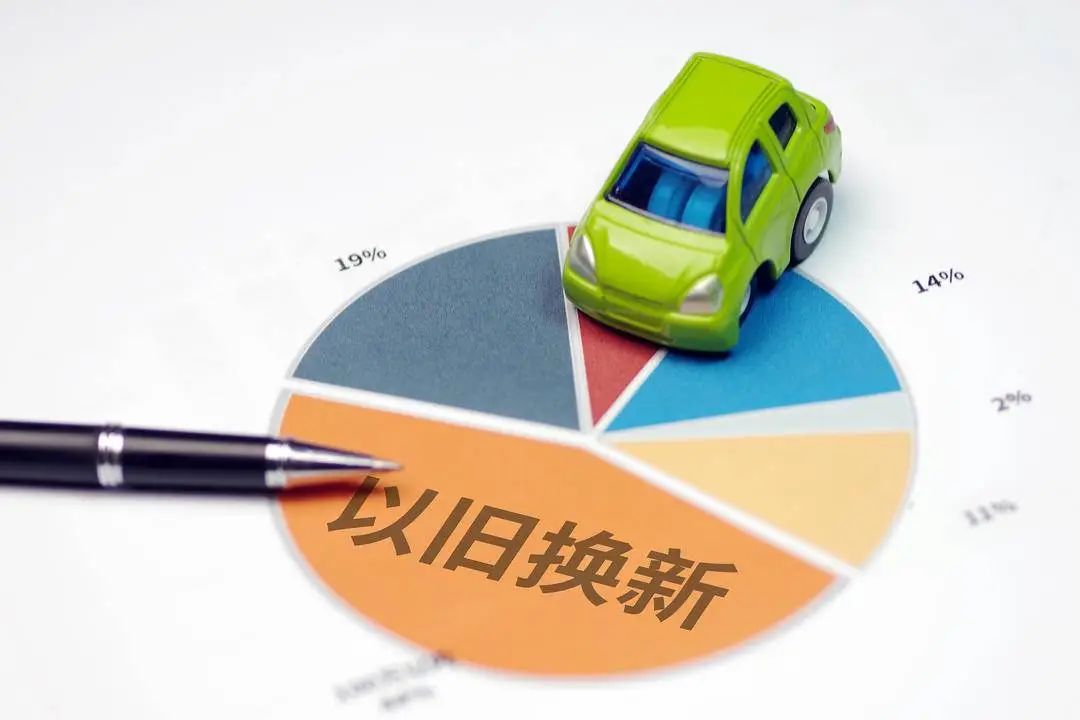
The answer is multifaceted:
Firstly, given that new energy passenger cars receive higher subsidy standards than fuel passenger cars, the former is inevitably favored. This could potentially push their retail penetration rate, which surpassed the 50% mark in 2024, to reach 55% or even 60%.
Secondly, for consumers, the allure of cash subsidies is undeniable, making 2025 an opportune time to purchase a car.
Thirdly, from the OEMs' perspective, despite reluctance to admit it, resources in China's auto market are increasingly concentrating towards top-tier players amidst the intensifying wave of electrification. As winners reap significant profits while losers struggle, the continuation of the "trade-in" policy in 2025 will undoubtedly allow traditional independent giants like BYD, Geely, Chery, and Changan to secure the lion's share of the market.
Take BYD as an example; although its public sales target for 2024 was 3.6 million units, it surpassed this with over 4.27 million units sold, largely attributed to the policy boost. As this "titan" enters a new cycle, it will continue to reap abundant development dividends, a principle that applies similarly to other dominant automakers. The "trade-in" policy acts as a spark igniting a fierce combustion.
Conversely, without this policy, weaker automakers would face a devastating blow. The "trade-in" policy is akin to a "life-saving medicine" for them; without it, they might plummet into oblivion.
You can identify who I'm referring to based on the context.




